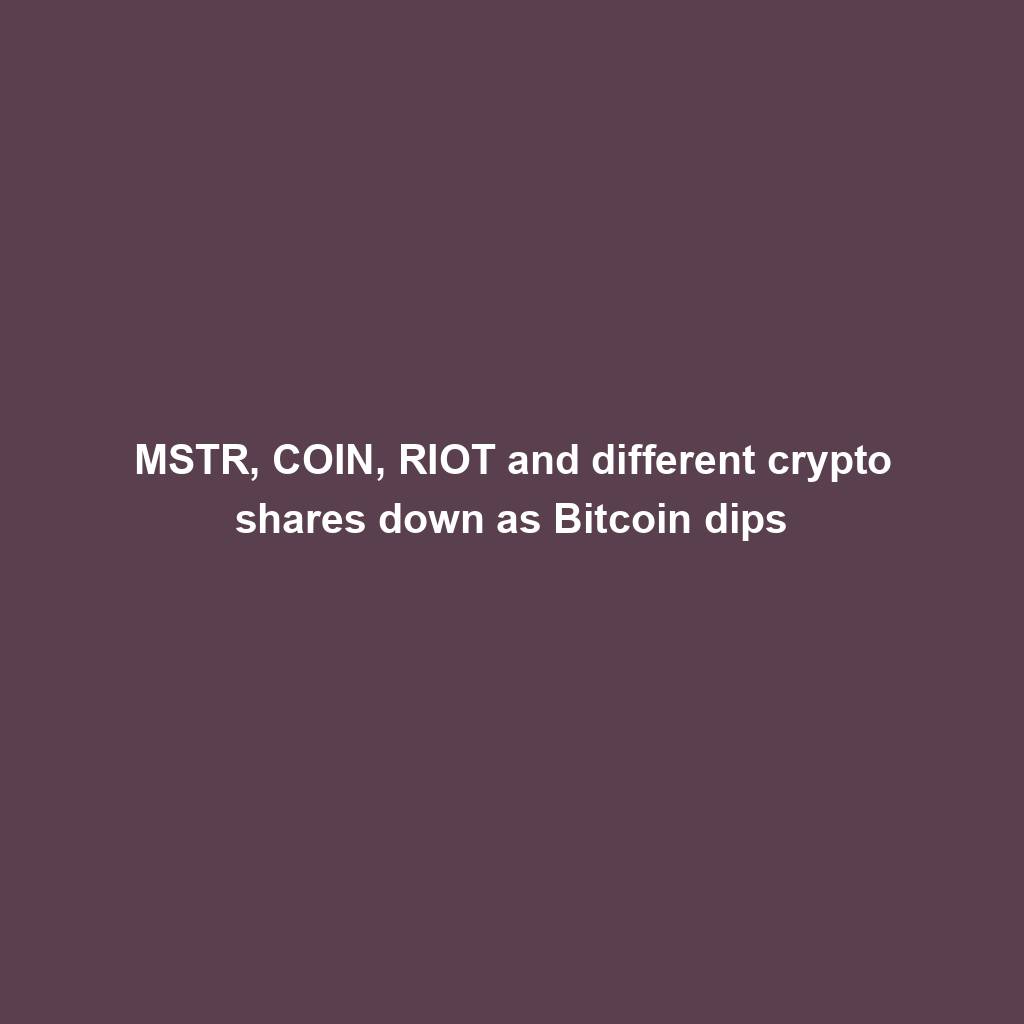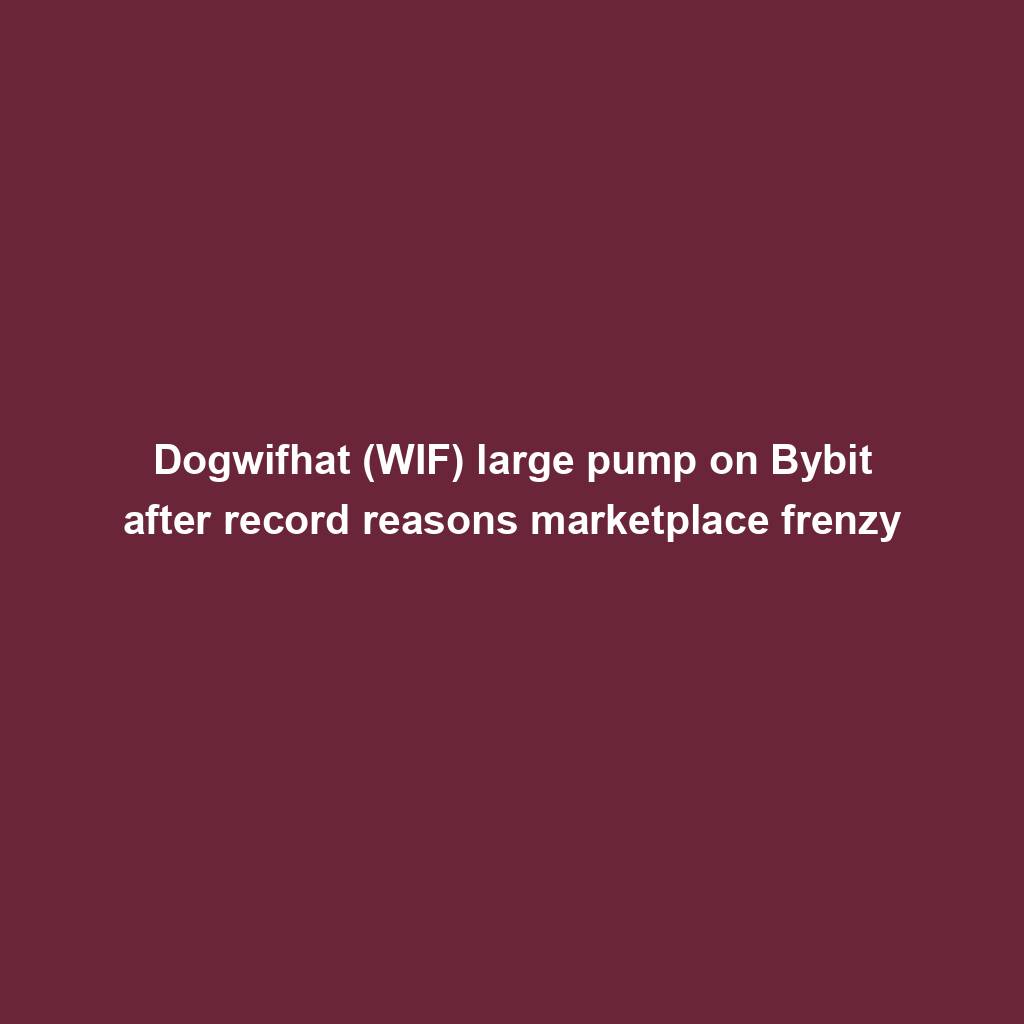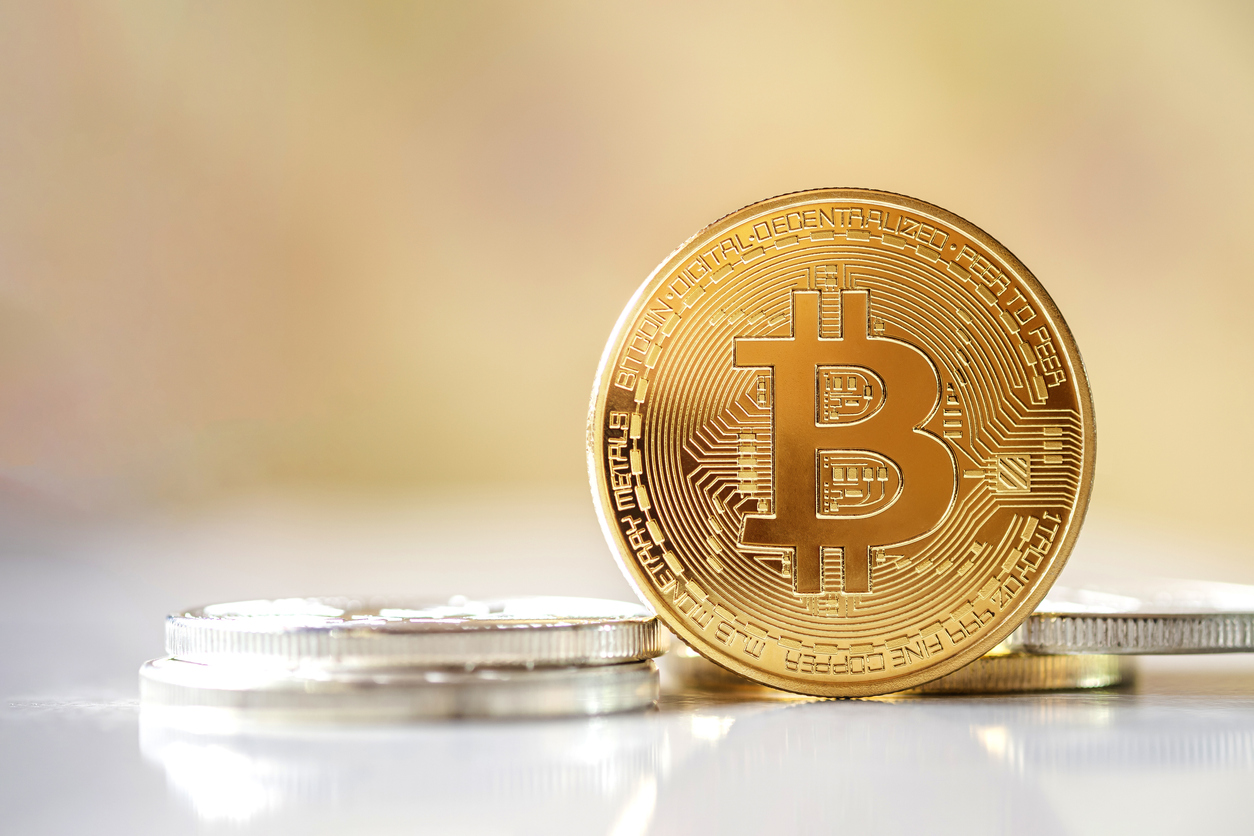
Exploring the Inner Workings of Peer-to-Peer Networks: A Comprehensive Guide
Welcome to the comprehensive guide on peer-to-peer networks and their inner workings in the context of distributed ledger technology (DLT). In this article, we will delve into the origins, developments, advantages, and challenges of peer-to-peer networks, as well as explore their practical applications and future implications in various sectors.
The Relevance of Peer-to-Peer Networks in the Age of DLT
In today’s digital landscape, where trust and security are paramount, peer-to-peer networks play a vital role by providing decentralized and transparent communication channels. Distributed ledger technology, with its inherent ability to ensure data integrity and enhance trust, has paved the way for the widespread adoption and implementation of peer-to-peer networks across multiple sectors.
Whether you are an individual seeking secure and direct interactions, or a professional working in industries like finance, supply chain, or healthcare, understanding the inner workings of peer-to-peer networks is crucial as it may impact your personal or professional life. So, let’s dive into the history and mechanics of peer-to-peer networks.
A Historical Overview of Peer-to-Peer Networks
The concept of peer-to-peer networks dates back to the early days of computer networking. The idea behind them was to enable direct and decentralized communication between computers, without the need for intermediaries.
In the 1980s, the emergence of the internet brought peer-to-peer networks into the mainstream. Protocols like BitTorrent revolutionized file sharing by allowing users to download content from multiple sources simultaneously, making the process faster and more robust.
Developments and Milestones
The introduction of Bitcoin in 2009 by an anonymous person (or group) named Satoshi Nakamoto marked a significant milestone in the history of distributed ledger technology and peer-to-peer networks. Bitcoin’s underlying technology, called blockchain, enabled secure, decentralized transactions without the need for intermediaries like banks.
Since then, various iterations of blockchain and distributed ledger technology have emerged, each with its own unique features and capabilities. Ethereum, for example, introduced smart contracts, which allowed for the creation of decentralized applications (DApps) and opened doors to countless possibilities.
Advantages and Disadvantages of Peer-to-Peer Networks
Advantages
Peer-to-peer networks offer numerous advantages over traditional centralized systems:
- Decentralization: Peer-to-peer networks distribute control and decision-making, ensuring no single authority has too much power. This enhances security and resiliency.
- Efficiency: By eliminating intermediaries, peer-to-peer networks streamline processes, reduce costs, and enable faster transactions.
- Transparency and Trust: The transparency of peer-to-peer networks, powered by distributed ledgers, fosters trust among participants by providing an immutable record of all transactions.
- Security: With no central point of failure, peer-to-peer networks are more resistant to cyberattacks and censorship attempts.
Disadvantages
Despite their advantages, peer-to-peer networks also present some challenges:
- Scalability: As the number of participants and transactions increase, the scalability of peer-to-peer networks becomes a concern, as it could impact performance.
- Complexity: Understanding the inner workings of peer-to-peer networks and distributed ledger technology can be challenging for users unfamiliar with the underlying concepts.
- Regulatory Uncertainty: The decentralized nature of peer-to-peer networks raises regulatory questions, especially in heavily regulated industries like finance.
Practical Applications of Peer-to-Peer Networks
Peer-to-peer networks have found applications across various sectors, enabling innovative solutions:
- Finance: Blockchain-based cryptocurrencies and decentralized finance (DeFi) platforms are transforming traditional banking, payments, and lending systems.
- Supply Chain: By providing an immutable and transparent record of transactions, peer-to-peer networks enhance supply chain traceability and reduce counterfeiting risks.
- Healthcare: Secure and decentralized storage of medical records on peer-to-peer networks can improve data accessibility while maintaining patient privacy.
The Future of Peer-to-Peer Networks
The future of peer-to-peer networks looks promising. As blockchain technology continues to evolve, scalability issues are being addressed with the development of new consensus mechanisms and layer-two solutions. This opens doors for widespread adoption in a range of sectors, including governance, energy, and voting systems.
Moreover, the advent of decentralized finance and the rise of cryptocurrencies have brought peer-to-peer networks to the forefront, challenging traditional financial systems and providing opportunities for financial inclusion on a global scale.
Real-World Examples
Several real-world examples demonstrate the potential of peer-to-peer networks:
- Bitcoin (BTC): The most well-known cryptocurrency, Bitcoin operates on a peer-to-peer network, revolutionizing the way we perceive and use money.
- Ethereum (ETH): Ethereum introduced smart contracts, enabling the creation of decentralized applications and spearheading the growth of the DeFi ecosystem.
- Filecoin: Filecoin aims to create a decentralized storage network that enables individuals to rent out their excess storage to those in need.
Frequently Asked Questions
What is a peer-to-peer network?
A peer-to-peer network is a decentralized network architecture that enables direct communication and interactions between participating devices or nodes, without the need for intermediaries or central servers.
How does a peer-to-peer network work?
In a peer-to-peer network, each node can serve both as a client and a server, allowing resources and information to be shared directly between participants. This distributed model ensures a more resilient and efficient system.
Are peer-to-peer networks secure?
Peer-to-peer networks can enhance security compared to centralized systems. The transparency and immutability provided by distributed ledgers contribute to secure transactions and data integrity. However, participants must safeguard their own devices and follow best practices to ensure their individual security.
How are peer-to-peer networks being used outside of finance?
Peer-to-peer networks find applications in various sectors. For instance, supply chain systems can leverage distributed ledgers to enhance traceability and reduce fraud. Healthcare can benefit from secure and decentralized storage of medical records, improving patient privacy and interoperability.
Thank you for exploring the inner workings of peer-to-peer networks in the context of distributed ledger technology. We hope this comprehensive guide has provided valuable insights and sparked your curiosity to further explore this fascinating topic. Feel free to share your thoughts or engage with the content in the comments below!
More in this category ...
Ripple companions with SBI Group and HashKey DX for XRPL answers in Japan

April sees $25M in exploits and scams, marking historic low ― Certik

MSTR, COIN, RIOT and different crypto shares down as Bitcoin dips

EigenLayer publicizes token release and airdrop for the group

VeloxCon 2024: Innovation in knowledge control

Successful Beta Service release of SOMESING, ‘My Hand-Carry Studio Karaoke App’

Dogwifhat (WIF) large pump on Bybit after record reasons marketplace frenzy

How fintech innovation is riding virtual transformation for communities around the globe

Wasabi Wallet developer bars U.S. customers amidst regulatory considerations

Analyst Foresees Peak In Late 2025

Solo Bitcoin miner wins the three.125 BTC lottery, fixing legitimate block

Ace Exchange Suspects Should Get 20-Year Prison Sentences: Prosecutors

Google Cloud's Web3 portal release sparks debate in crypto trade

Bitcoin Primed For $77,000 Surge

Bitbot’s twelfth presale level nears its finish after elevating $2.87 million

PANDA and MEW bullish momentum cool off: traders shift to new altcoin

Commerce technique: Ecommerce is useless, lengthy are living ecommerce

Republic First Bank closed by way of US regulators — crypto neighborhood reacts

China’s former CBDC leader is beneath executive investigation

Bigger isn’t all the time higher: How hybrid Computational Intelligence development permits smaller language fashions

Pantera Capital buys extra Solana (SOL) from FTX

Successful Beta Service release of SOMESING, ‘My Hand-Carry Studio Karaoke App’

SEC sues Bitcoin miner Geosyn Mining for fraud; Bitbot presale nears $3M

Business procedure reengineering (BPR) examples

85% Of Altcoins In “Opportunity Zone,” Santiment Reveals

Sam Altman’s Worldcoin eyeing PayPal and OpenAI partnerships

Artificial Intelligence transforms the IT strengthen enjoy

Franklin Templeton tokenizes $380M fund on Polygon and Stellar for P2P transfers

Meta’s letting Xbox, Lenovo, and Asus construct new Quest metaverse {hardware}

Shiba Inu (SHIB) unveils bold Shibarium plans as Kangamoon steals the display
